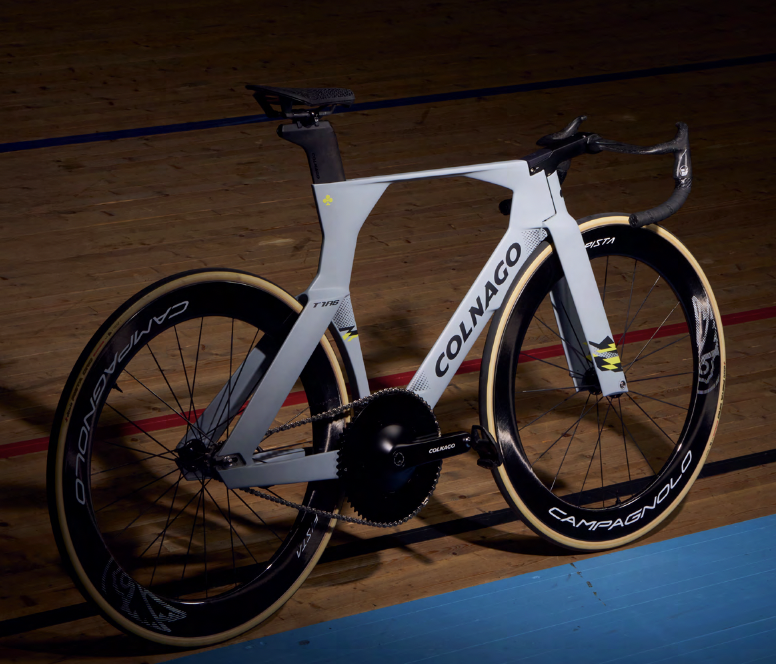
"Colnago's back on the boards. The storied Italian brand, whose frames once powered Olympic pursuit champions and World Championship sprinters, has unveiled the T1Rs, its most aerodynamic frame to date. It's a purpose-built, high-speed track bike that brings together cutting-edge CFD analysis, aerospace-grade carbon work, and old-school Italian race DNA into one brutally fast machine. Built for the Velodrome, Tuned for 70 km/h Colnago didn't just reshape its TT bike for the track;"
"Where most aero bikes flatten out in performance as velocity increases, Colnago's engineers focused on how air behaves at high Reynolds numbers -the range where airflow transitions from laminar to turbulent. The T1Rs' NACA-derived tube profiles and tight frame junctions are designed to stabilize airflow at those super high speeds. At 70 km/h, the bike actually shows a lower CdA than at 50 km/h, meaning the airflow remains cleaner and less squirly the faster you go."
"Aerodynamics by Design Every surface of the T1Rs was modeled to reduce drag in the low-yaw environments of indoor velodromes. The result is a track bike that thrives where there's no wind, no drafting, and zero forgiveness. Key details include: Low-drag NACA-derived frame and fork profiles, designed without the compromises imposed by road bike components. A dual-crown fork that reduces frontal area while locking in front-end stiffness. Narrow hubs (65 mm front / 100 mm rear) to minimize lateral airflow turbulence."
Colnago developed the T1Rs as a dedicated, high-speed track bike optimized for indoor velodrome conditions above 60 km/h. Engineers used CFD and wind-tunnel validation throughout development and focused on airflow behavior at high Reynolds numbers where laminar flow shifts to turbulence. The frame uses NACA-derived tube profiles and tight junctions to stabilize airflow, and the bike demonstrates a lower CdA at 70 km/h than at 50 km/h. Key design elements include a dual-crown fork to reduce frontal area and increase stiffness, narrow hubs to minimize lateral turbulence, and other details aimed at reducing drag in low-yaw environments.
Read at Bikerumor
Unable to calculate read time
Collection
[
|
...
]